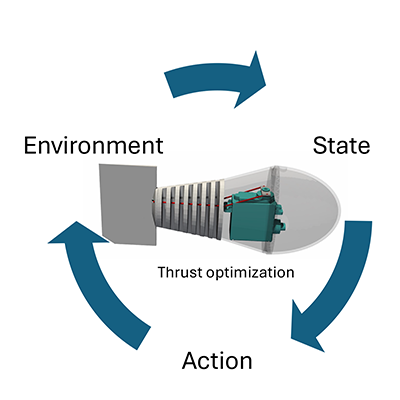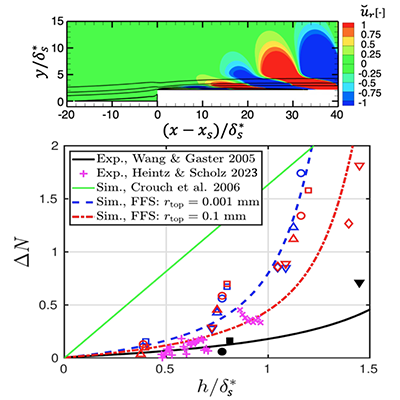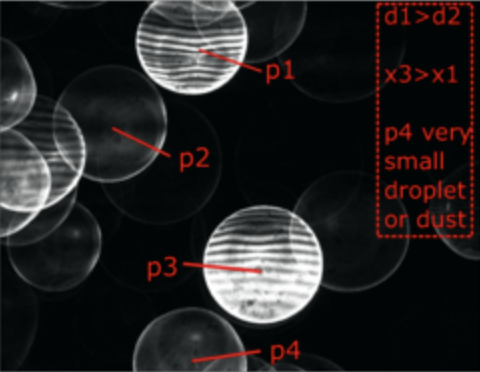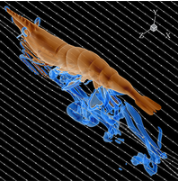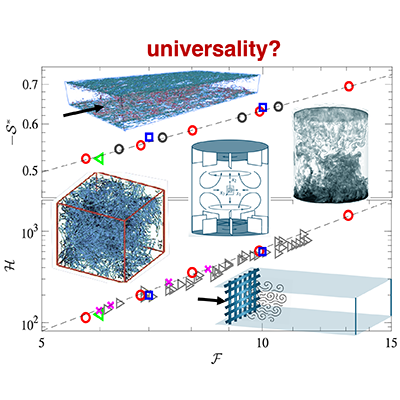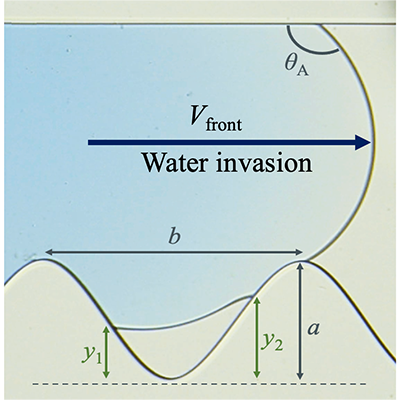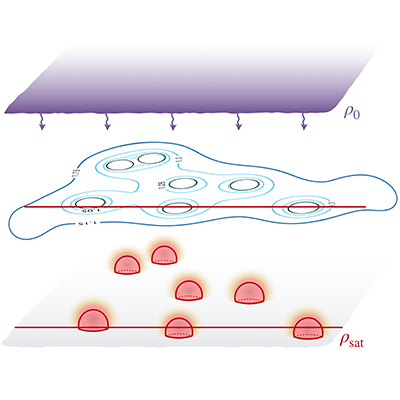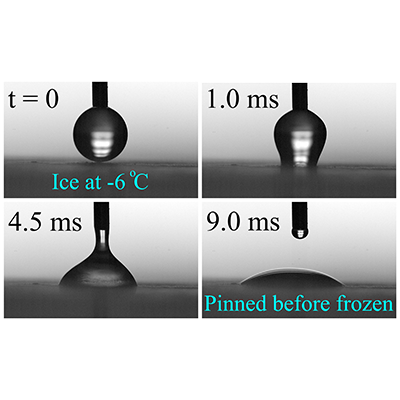
Physical Review Fluids
@physrevfluids
@APSPhysics journal publishing innovative research that will advance the fundamental understanding of fluids.
ID: 4646185696
http://journals.aps.org/prfluids/ 29-12-2015 19:28:40
1,1K Tweet
9,9K Followers
97 Following



The first SCOAP3 assessment of open science practices gave our journals high marks. A review of @PhysRevLetters, Physical Review C, and Physical Review D earned nearly double the total score of the next-highest publisher, showing our commitment to #OpenScience. Learn more:





📢 PRFluids Editors' suggestion: In a vertical diamond formation, fish schools can exploit complex hydrodynamic interactions to boost swimming performance 🐠 Read the full paper by Menzer et al. @ go.aps.org/4iAJwJQ, also featured in Physics Magazine go.aps.org/3YhYbT6




In microfluidic networks, flow oscillations and chaos can emerge even without external modulation or deformable structures. Adilson E. Motter and colleagues show that fluid inertia drives the responsible mechanism, expanding on-chip flow control design. 🔗 go.aps.org/4iQkeYx





Did you know heavy rainfall can spread disease among plant leaves — turning them into catapults that launch spore-filled water droplets into the leaves above. 🌧️ 🦠 A new study in Physical Review Fluids details the #physics behind the spread: go.aps.org/4jWDmoy





